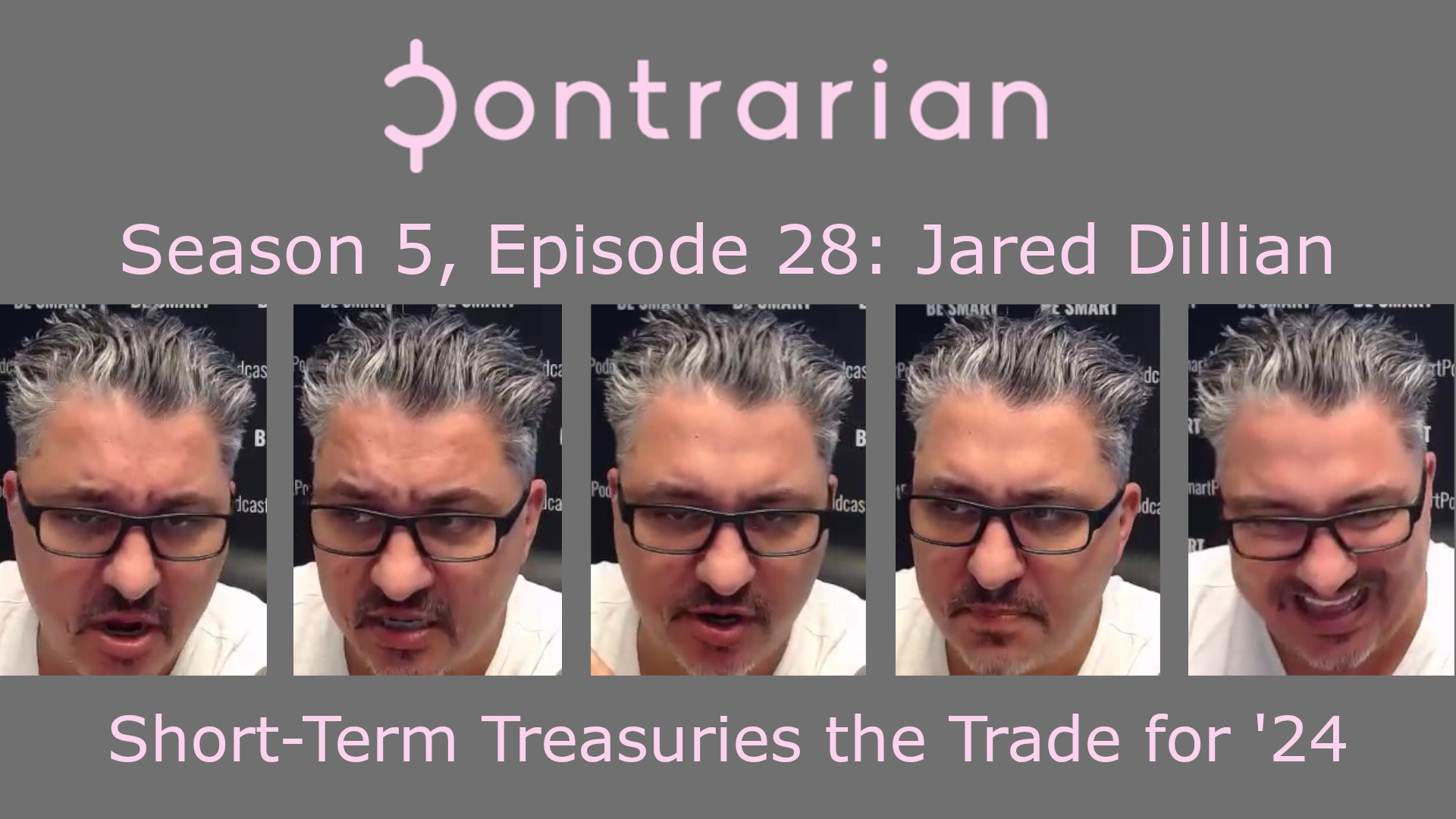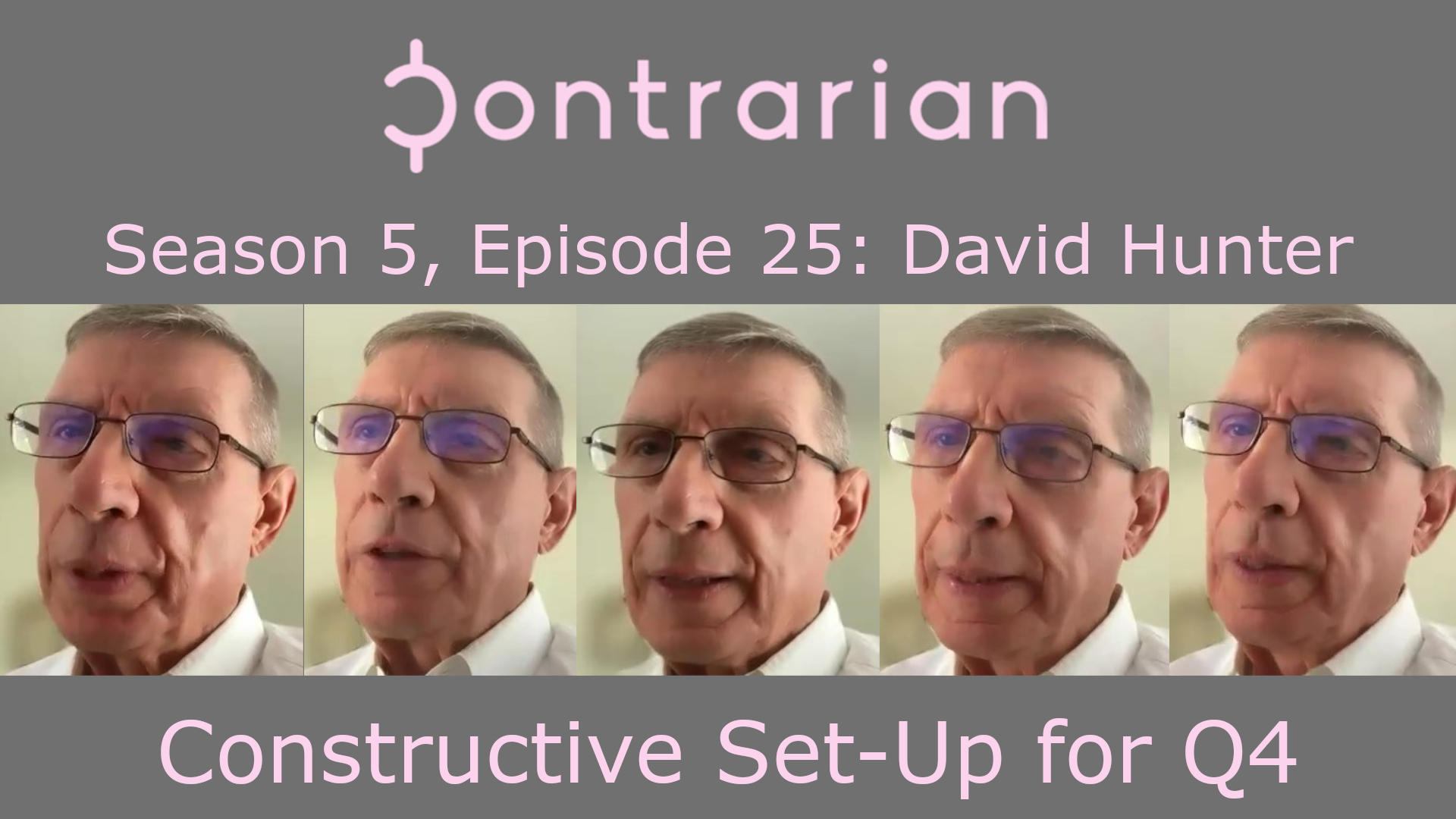Feat Jared Dillian, Daily Dirt Nap
This podcast episode was recorded Nov. 29, 2023 and made available to premium subscribers the following day. To become a premium subscriber, sign up through our Substack or Supercast.
Jared Dillian of the Daily Dirt Nap joins the podcast to discuss his bullish views on short-term Treasuries and less optimistic outlook for the US economy. He also discusses his work as an author and views on disparate issues facing society.
Note: The podcast episode contains some mature language.
Content Highlights
- The ‘soft landing’ scenario appears to have become the base case. Dillian doesn’t quite buy that (1:37);
- To be bullish on short-term Treasuries one needs to believe the Fed is going to cut rates. That is imminent (4:26);
- Addressing the inflation bogeyman. The risk has maybe receded over the short term, but what about a return over the medium term? There is historical precedent for this from the last time inflation was a serious force in the US… (9:37);
- Background on the guest and a broad discussion of his time at Lehman Brothers (including its downfall), working on Wall Street, career paths, education, and more…(15:48)
More About the Guest
- Website: DailyDirtNap.com;
- Twitter: @DailyDirtNap;
- Facebook: JaredDillianAuthor;
- Pre-order his book on Amazon.
Mention this podcast for a generous discount on the Daily Dirt Nap!
Leave a Comment

